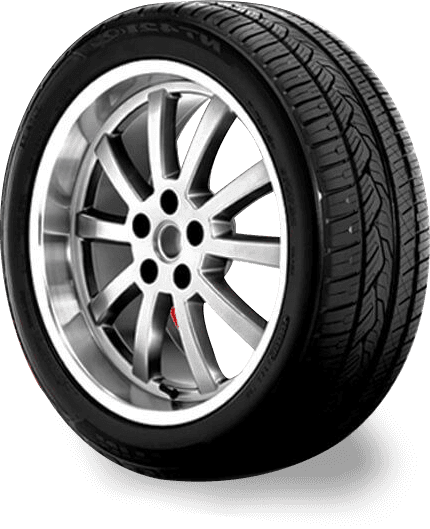
Nov . 26, 2024 00:22
Back to list
Understanding the Functionality and Benefits of Pressure Reducers in Fluid Systems
Understanding Pressure Reducers Essential Components for Fluid Control Systems
In various industries, maintaining the correct pressure within fluid systems is crucial for safety, efficiency, and performance. This is where pressure reducers come into play. A pressure reducer, also known as a pressure regulator, is a device designed to control and reduce the pressure of a fluid or gas to a desired level. It is a vital component in numerous applications, ranging from residential gas systems to complex industrial processes.
The Functionality of Pressure Reducers
The primary function of a pressure reducer is to provide a consistent downstream pressure regardless of fluctuations in the upstream pressure. In practical terms, when a pressure reducer is installed in a system, it allows high-pressure fluid from a source to pass through it and emerge at a reduced, manageable pressure. This regulated pressure is essential in applications such as gas distribution, hydraulic systems, and even in medical devices, where precise pressure control is necessary for safe operation.
Pressure reducers work based on a straightforward principle. They typically consist of a spring-loaded diaphragm that reacts to pressure changes. When the upstream pressure exceeds the setpoint, the diaphragm moves, a valve opens or closes, and this action regulates the flow, ensuring that the downstream pressure remains stable. This dynamic response allows the system to adapt to varying conditions, providing reliability in operations.
Types of Pressure Reducers
There are two primary types of pressure reducers direct-acting and pilot-operated. Direct-acting pressure reducers are simpler and are commonly used in lower-pressure applications. They are more compact and often cheaper, making them suitable for domestic gas systems or applications with less demanding requirements.
Pilot-operated pressure reducers, on the other hand, are designed for high-pressure environments and provide higher accuracy and stability. They use a pilot valve to control the operation of the main valve, allowing for better performance in systems where pressure fluctuations are more pronounced. These types are frequently used in large-scale industrial processes and critical applications such as aerospace and chemical processing.
pressure reducer

Applications of Pressure Reducers
Pressure reducers find applications across various sectors. In the gas industry, for instance, they are essential for household gas appliances, ensuring that the gas supply is delivered at a safe and usable pressure. In the medical field, pressure reducers are critical for gas delivery systems. They ensure that gases such as oxygen are supplied at safe pressures for patients, reducing the risk of accidents or equipment failure.
In addition to gas and medical applications, pressure reducers are integral to hydraulic systems. Hydraulic machines rely on precise pressure control for optimal operation. Any variation in pressure can lead to system inefficiencies or even failure. Engineers design systems with specific pressure requirements, ensuring that pressure reducers are selected to meet those needs reliably.
Maintenance and Safety Considerations
Like any mechanical device, pressure reducers require regular maintenance to function effectively. Users should check for wear and tear, and ensure that they are free from leaks. It is vital to clean and replace parts as needed, as grit and grime can impair performance. Additionally, understanding the specifications and limits of a particular pressure reducer is crucial to avoid operating outside its designed parameters, which could lead to catastrophic failures or safety hazards.
In terms of safety, installing a pressure relief valve alongside a pressure reducer is a wise practice. This dual setup provides a fail-safe mechanism that prevents the system from exceeding pressure limits, thus protecting both the equipment and personnel involved.
Conclusion
Pressure reducers are indispensable in modern fluid control systems, providing safety and efficiency across diverse applications. Their ability to maintain stable downstream pressure is critical for optimizing performance and minimizing risks in both industrial and residential settings. With regular maintenance and careful selection based on application needs, pressure reducers can ensure the smooth operation of various systems, from simple household appliances to complex industrial machinery. Understanding their function, types, applications, and maintenance will empower users to make informed decisions, enhancing the reliability and safety of their fluid systems.
Latest news
-
Safety Valve Spring-Loaded Design Overpressure ProtectionNewsJul.25,2025
-
Precision Voltage Regulator AC5 Accuracy Grade PerformanceNewsJul.25,2025
-
Natural Gas Pressure Regulating Skid Industrial Pipeline ApplicationsNewsJul.25,2025
-
Natural Gas Filter Stainless Steel Mesh Element DesignNewsJul.25,2025
-
Gas Pressure Regulator Valve Direct-Acting Spring-Loaded DesignNewsJul.25,2025
-
Decompression Equipment Multi-Stage Heat Exchange System DesignNewsJul.25,2025

